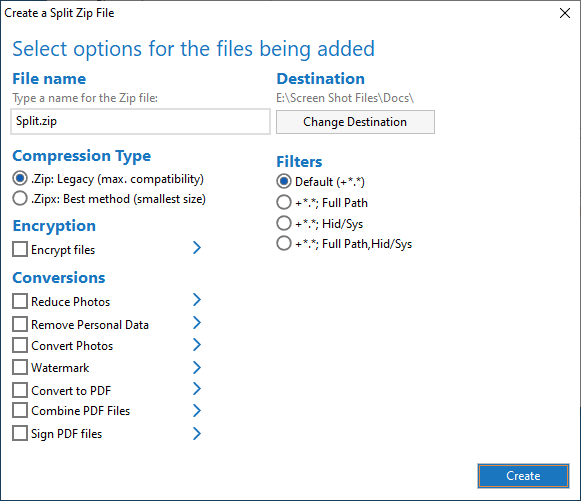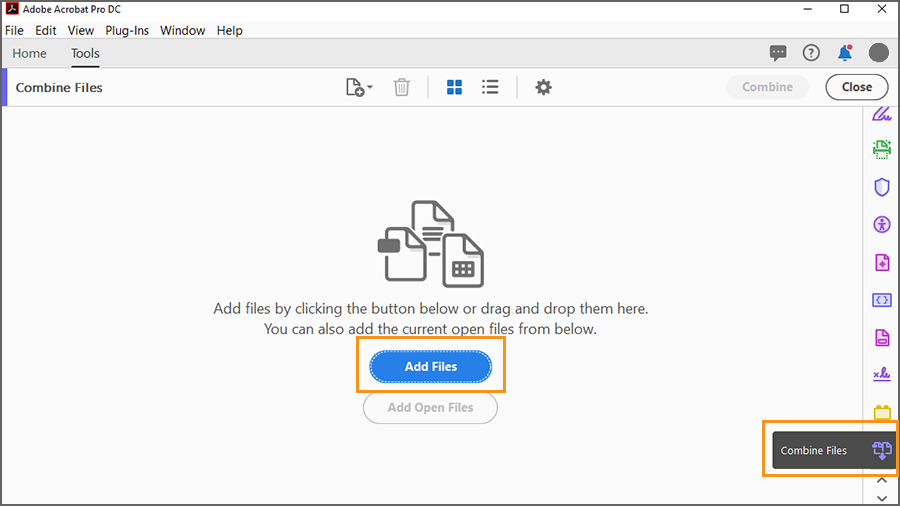

Values may take any of the following forms: Thus each chunk of the file begins with the first line remaining in the fileĪnd goes to the line given by the next arg. The first line remaining in the file) and so on. The second argument breaks off the next chunk (beginning at The first argument breaks off the first chunk of the file, Specifies the number of digits in the number portion of created file names. Normally, when an error occurs, csplit removes files that

If prefix causes a file name longer than NAME_MAXīytes an error occurs and csplit exits without creating Specifies a prefix to use in place of the default This generates names of the form xxaa, xxab, and Uses lowercase letters in place of numbers in the number portion of This generates names of the form xxAA, xxAB, and Uses uppercase letters in place of numbers in the number portion of Zero and increments by one for each new file that csplitĬsplit also displays the size, in bytes, of each file that Where number is a two digit decimal number which begins at The files created by csplit normally have names of the form See the subsection Splitting Criteria for more details.


This means, the first record will get written to a file named 'Item1', and the second record to 'Item2', third to 'Item3', 4th goes to 'Item2', and so on.Ģ. This looks so simple, right? print prints the entire line, and the line is printed to a file whose name is $1, which is the first field. The files generated by the above co mmand are as below: i.e, All records pertaining to Item1 into a file, records of Item2 into another, etc. Split the file into 3 different files, one for each item. Let us consider a sample file with the following contents:ġ. The files can be split into multiple files either based on a condition, or based on a pattern or because the file is big and hence needs to split into smaller files. In this article of the awk series, we will see the different scenarios in which we need to split a file into multiple files using awk.


 0 kommentar(er)
0 kommentar(er)
